WWF and UMCES Retreat 24-25 May 2017
Heath Kelsey ·The WWF-UMCES Partnership met at the UMCES Horn Point Lab Campus in Cambridge, MD on May 24 and 25 this year for our annual two-day retreat. This year’s agenda was, as usual, very ambitious, including the introduction of new people, discussions on branding the partnership, the incorporation of climate change indicators into the report card process, modeling for scenario development, and reviews of upcoming communication products. It was, also as usual, a very fun and productive get together.
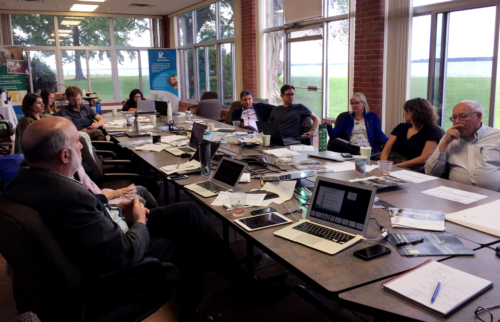
Naming our partnership
We started out by completing the discussion of the tagline for our partnership that we had begun in April at our Annapolis office. At the April meeting we had discussed the structure of the elements of our partnership, which was a “roof and pillars” idea where the roof is the partnership and the pillars are our shared initiatives. Our objective in April was to start thinking around the words to use for the “roof” that would introduce our partnership to specific audiences. The April meeting took us to a conceptual understanding of what we needed to achieve (who would those words speak to, and what feelings do we want them to evoke?), but this was incomplete. Therefore, our task for the May retreat was to take that starting point and decide on the words – the “tagline” for our entire partnership. We had several ideas to sort through, but our final decision was… drumroll…. “Healthy Rivers for All”. We are thrilled with the new tagline for our partnership and have begun incorporating it into all of our communications.
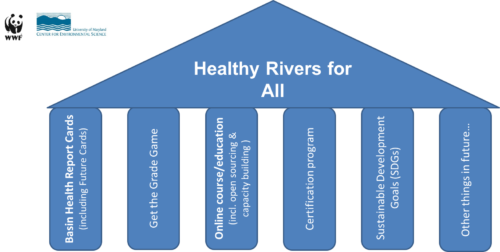
Introducing Jeff Opperman
Next we had a great introductory talk from Jeff Opperman, who began working with WWF recently as a Global Lead Freshwater Scientist. Jeff discussed the importance of hydropower considerations in basin planning, stressing the number of major rivers slated to have increased hydropower capacity (more dams) and the potential impact that this may have on river ecosystems. Recognizing the need for hydropower is often painful for river ecologists, but relatively simple site selection and design considerations can substantially reduce (but not eliminate) the negative impacts of dams, while also reducing carbon emissions from energy production. Jeff’s presentation was powerful, and it is even more clear that the energy sector is an important stakeholder that should be included in all of our future basin report card efforts.
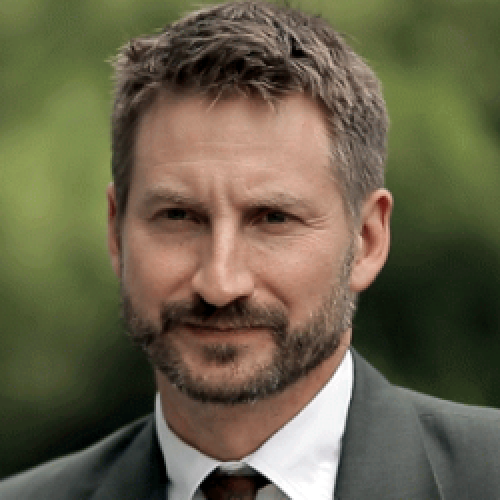
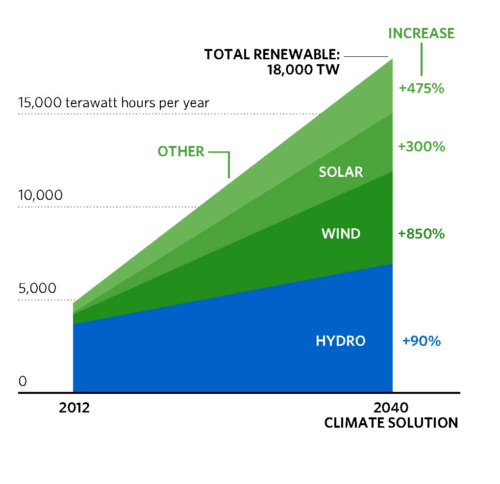
Climate Change in Basin Report Cards
The river report card idea has been successful at measuring current status, and we have been able to discuss climate change as a threat to resources, but we have not yet identified indicators that would specifically measure climate change impacts, adaptation, or resilience. Because climate change will likely impact many aspects of river basin health, we need to identify ways to include these concepts as measurable indicators in our report cards. To begin that discussion, I reviewed previous efforts at UMCES to include these concepts in the Chesapeake Bay and Great Barrier Reef Report Cards. These efforts were based on resilience: the idea that some systems are better organized to be resistant to, or to recover from, sea level rise, temperature extremes, ocean acidification, etc. For the Chesapeake Bay Report Card, we began creating a resilience index for resources like tidal marshes, oysters, and aquatic grasses. Our resilience index identifies how these resources could be affected by climate change, and what elements of a system would create more resilience. For example, in order for tidal marshes to accrete height to keep pace with sea level rise, they require adequate suspended sediment in surrounding waters. This makes suspended sediments an important factor in our resilience index.
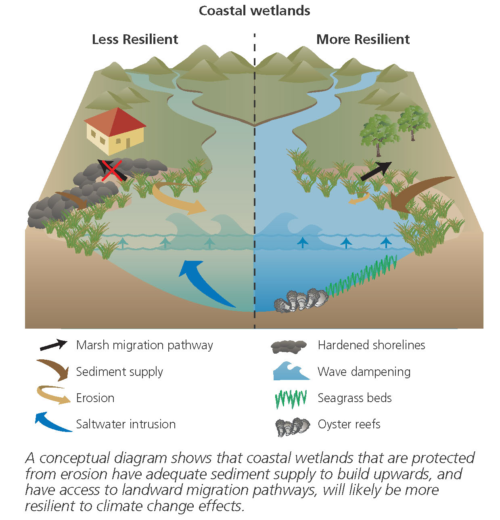
For the Great Barrier Reef, we worked with the Great Barrier Reef Foundation to create a Reef Resilience Index, again based on the idea that there were features of a reef ecosystem that created more resilience and adaptation potential. In this case, we identified that resilience was an inherent component of condition; some systems that appear to be in very good condition may not truly be healthy because they don’t have the components of a resilient system (biodiversity or structural complexity for example).
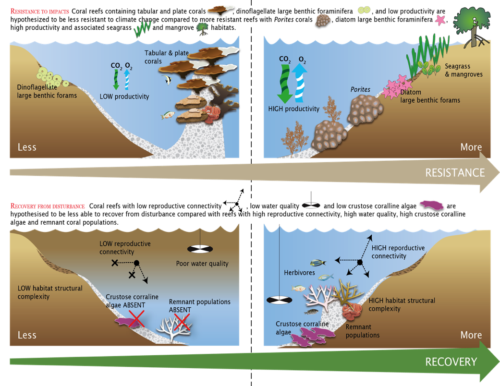
Neither of these examples were completely implemented in the report cards, but the concepts were a good starting point and provided a bit of a basis for new indicators or analysis methods. We took this approach and brainstormed on the potential effects of climate change on each of the major sectors of the Basin Report Cards, and how we might measure both climate change impacts and potential ecosystem resilience to climate change. For example, drinking water quality and availability may be affected by precipitation changes, but more forest cover in a basin may reduce the impact and provide more resilience.
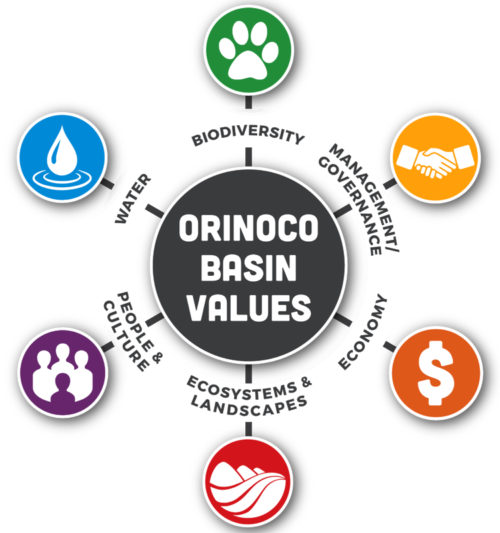
Upcoming Communications Products from the Partnership
Catherine Blancard led us through a discussion of upcoming advances in the communications related to the Healthy Rivers for All partnership. There are a lot of things happening, including creation of the partnership website, teaching new UMCES courses related to report cards and transdisciplinary science, factsheets, videos, and the soon to be released Practitioners Guide. We also engaged in a speed-dating type exercise where we were given one minute to jot down either a message or product that our primary audiences would benefit from – this served as a bit of a brainstorming activity to gather ideas for new products and messages as communications moves ahead.

Future Cards and Modeling
For me, one of the most exciting concepts that we’ve taken on in the last couple of years through our partnership is the concept of Future Cards – the idea that using System Dynamics Modeling, we can increase our conceptual understanding of the system function and project future conditions based on different intervention or management scenarios. We heard a summary of ongoing efforts in the Bita River in Colombia to create these models after the report card process, and another project to develop a comprehensive model in the Choptank River Basin, which has been studied intensively for decades. An interesting alternative approach was described by Derric Pennington which uses the Soil and Water Assessment Tool (SWAT, a standard GIS-based watershed model) to develop scenarios for land management to improve water quality. This approach seems very useful for projecting the effects of specific land management options for improving water quality and could provide an additional dimension for Future Cards efforts if it can be linked to the other social and economic sectors.
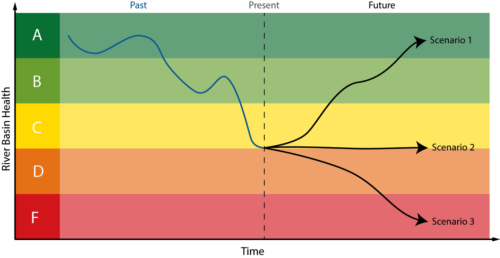
Healthy Rivers for All!
The meetings of this partnership are universally productive – we are two organizations focused on getting things done, and when we get together we do just that. We also have fun along the way - although the weather prevented our planned boat trip to dinner (in Oxford, a 30-minute trip across the Choptank River), we nevertheless had a wonderful dinner together at a great local restaurant. Bill Dennison provided his trademark clever song adaptations to the meeting, this time adapting “Our House” by Crosby Stills and Nash, and a new poem “Healthy Rivers for All”. This partnership continues to be a highlight of my career – always fun, always productive, and always making a difference. Long Live Healthy Rivers for All!
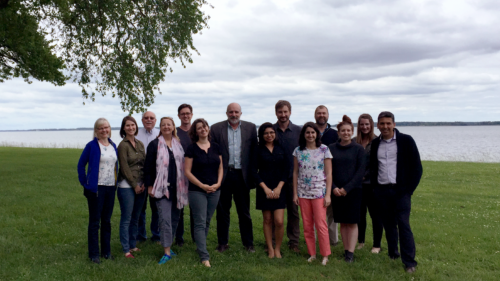
Our House
adapted from Crosby Stills and Nash by Bill Dennison
I'll light the fire, you get the grades for the report card that we release together.
Staring at the river for hours and hours while I make the grades
Play your river songs all night long for us, only for us.
Come to us now and grade your river in just a few workshops
Everything is good.
Such cozy program, the issues are illuminated by the report cards, making grades for you, only for you.
Our house is a very, very, very fine house with two groups together,
Life used to be so hard.
Now everything is easy 'cause of WWF and UMCES
I'll light the fire, you get the grades for the report card that we release together.
Healthy Rivers for All
24 May 2017
William C. Dennison
Pandas and oysters gathered on the Choptank River
Figuring out how to brand our partnership
Trying to be concise and witty without being flip
Working with the entire team, Deborah did deliver.
We kicked around many different concepts
Trying to invoke good feelings and inspire change
Without creating words that people find strange
Generating a tagline that encompasses many different aspects.
After long deliberations and extensive debates
We finally arrived on something that resonates
Within and beyond the United States
And this something we created really rates.
Amazingly, we created a tagline without using alcohol
Also, we did it with a group consensus
Developing something that will be momentous
Our new tagline will be "Healthy Rivers for All!"
About the author
Heath Kelsey
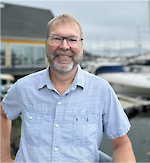
Heath Kelsey has been with IAN since 2009, as a Science Integrator, Program Manager, and as Director since 2019. His work focuses on helping communities become more engaged in socio-environmental decision making. He has over 10-years of experience in stakeholder engagement, environmental and public health assessment, indicator development, and science communication. He has led numerous ecosystem health and socio-environmental health report card projects globally, in Australia, India, the South Pacific, Africa, and throughout the US. Dr. Kelsey received his MSPH (2000) and PhD (2006) from The University of South Carolina Arnold School of Public Health. He is a graduate of St Mary’s College of Maryland (1988). He was also a Peace Corps Volunteer in Papua New Guinea from 1995-1998.

